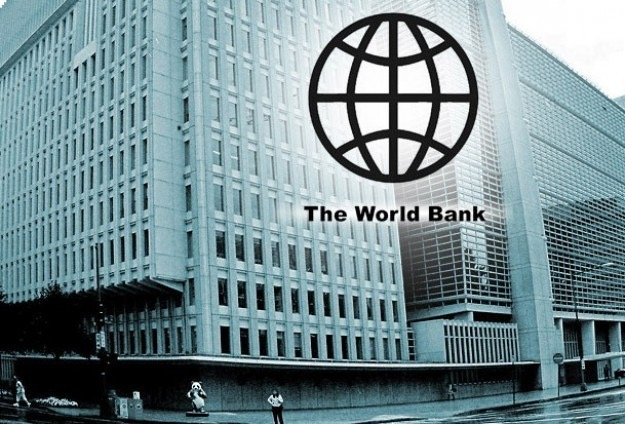The World Bank has once more reduced its growth projection on Nigeria in 2018 to 1.9 per cent, down from the 2.1 per cent it had estimated for the country in April.
The Bank hinged its decision on the contraction in the agricultural sector as a result of the farmers and herders’ crisis recorded by the country most part of this year.
It explained: “In Nigeria, declining oil production and contraction in the agriculture sector partially offset a rebound in the services sector and dampened non-oil growth, all of which affected economic recovery.”
“Nigeria’s recovery faltered in the first half of the year. Oil production fell, partly due to pipeline closures.
“The agriculture sector contracted, as conflict over land between farmers and herders disrupted crop production, partially offsetting a rebound in the services sector and dampening non-oil growth.”
This is coming as the Central Bank of Nigeria (CBN) yesterday allayed worries over the fluctuation in Nigeria’s external reserves, assuring that with its current level at over $44 billion, there is no cause for alarm.
The multilateral institution stated this in its October 2018 ‘Africa Pulse,’ a bi-annual analysis of the state of African economies released yesterday.
In April, the World Bank had predicted growth of 3.1 per cent, up from 2.3 per cent last year.
But it anticipated that growth in the region would increase from 2.7 per cent in 2018, to 3.3 per cent in 2019, rising to an average of 3.6 per cent between 2020 and 2021.
“The slower pace of the recovery in sub-Saharan Africa (0.4 percentage points lower than the April forecast) is explained by the sluggish expansion in the region’s three largest economies, Nigeria, Angola, and South Africa.
“In Nigeria, declining oil production and contraction in the agriculture sector partially offset a rebound in the services sector and dampened non-oil growth, all of which affected economic recovery.
“A decline in oil production, due to under-investment and key fields reaching maturity, weighed on growth in Angola. South Africa’s economy slipped into a technical recession following two consecutive quarters of contracting economic activity, with agriculture, mining, and construction acting as major drags on growth,” it added.
The World Bank noted that several oil exporters in the Economic and Monetary Community of Central Africa (CEMAC) saw an uptick in growth. With higher oil prices and an increase in oil production, both Chad and the Republic of Congo were expected to climb out of recession.
According to the Washington-based institution, growth in non-resource-rich countries remained solid, supported by agricultural production and services on the production side, and household consumption and public investment on the demand side.
“With fiscal deficits narrowing, government debt levels appear to have stabilised, but vulnerabilities remain. Compared to 2012 to 2013, the median public debt level remains high, especially in oil-exporting countries. Debt rose in about two-fifths of the countries in 2017 and was above 60 per cent of GDP in one-third of the countries.
“The external environment facing Sub-Saharan Africa is more challenging for several reasons. These include moderating economic growth among its main trading partners, the stronger US dollar, heightened trade policy uncertainty, and tightening global financial conditions.
“While the tightness of oil supply suggests that oil prices are likely to remain elevated through the rest of 2018 and into 2019, metals prices have been softer than previously forecast and may remain subdued in 2019 and 2020 amid muted demand, particularly in China.
“Against this backdrop, the economic recovery in Sub-Saharan Africa is expected to continue at a gradual pace, supported by a rebound in oil production in Nigeria and Angola, the easing of drought conditions that had depressed agricultural output, and a rise in domestic demand in some countries,” it stated.
“Growth in the region is projected to increase from 2.7 per cent in 2018 to 3.3 per cent in 2019, rising to an average of 3.6 per cent in 2020–21. However, per capita income growth would remain below its long-term average in many countries, highlighting the need for comprehensive policy measures to raise potential output.
“The inefficiencies in the way the region combines its factors of production has become increasingly relevant in explaining Sub-Saharan Africa’s lower aggregate productivity compared to industrialised countries.”














